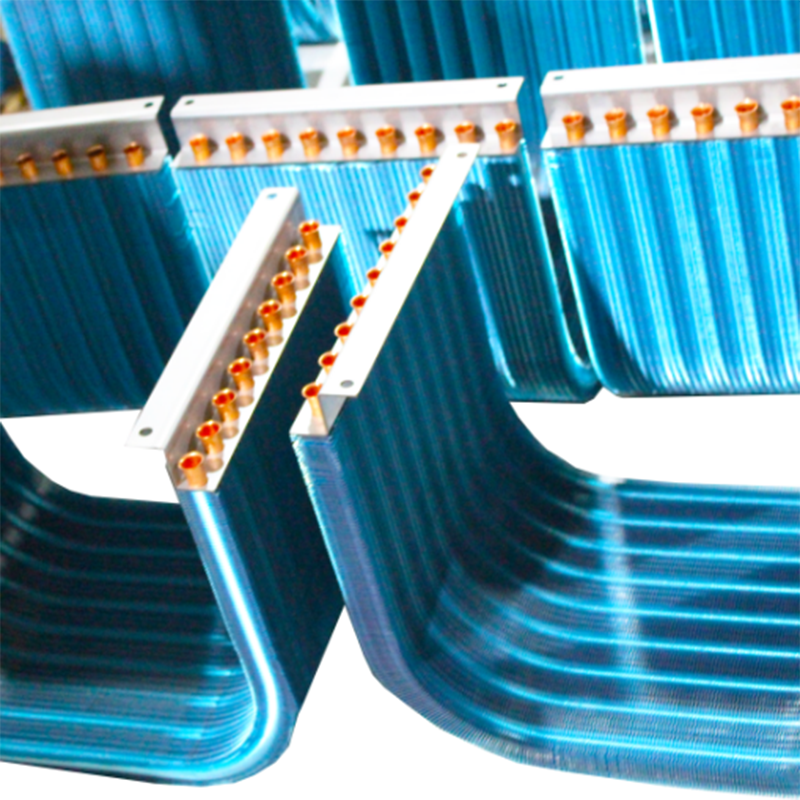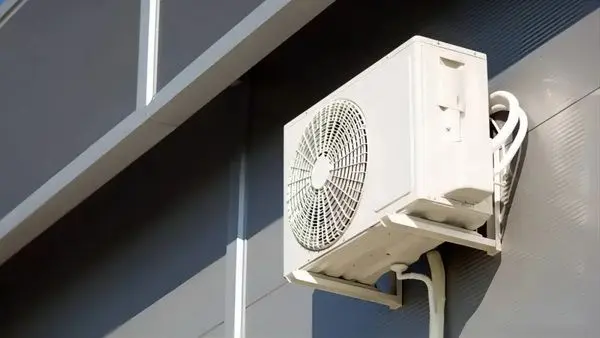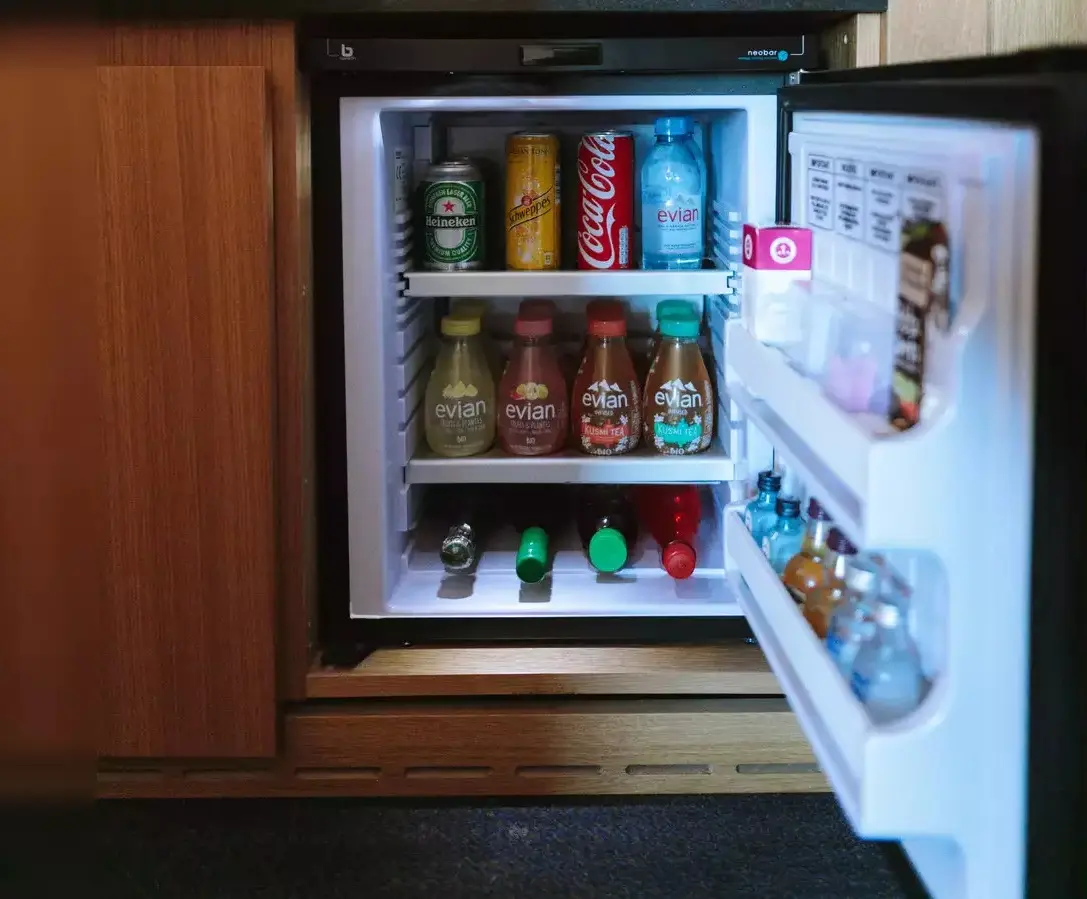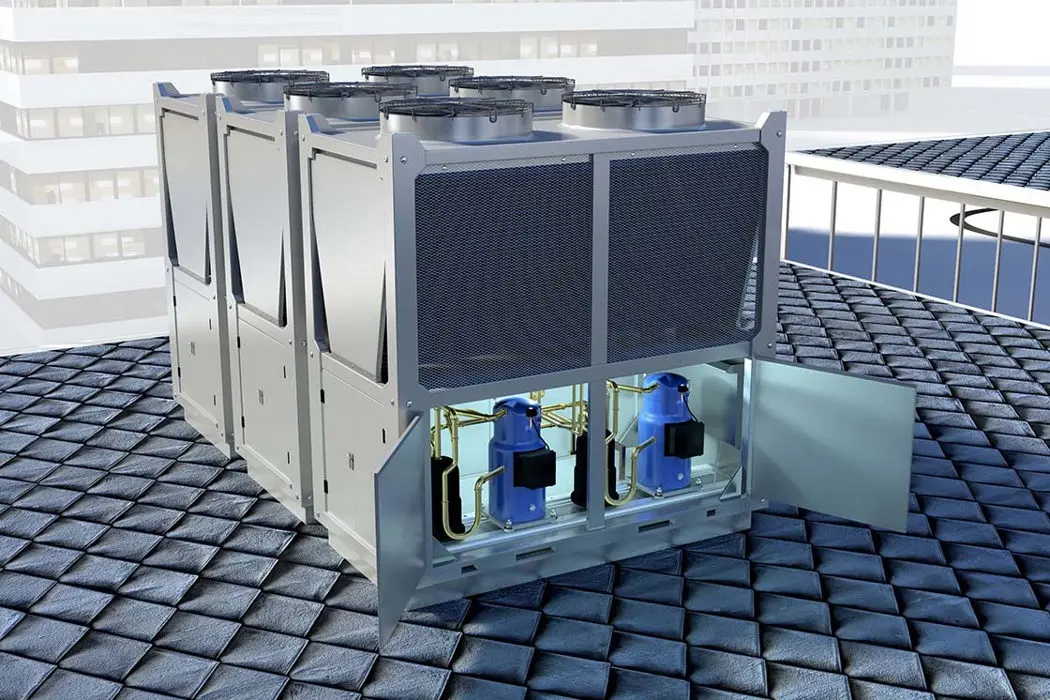Refrigeration System Noise: 4 Common Part Failures & Fixes
I’ve noticed that unusual noises in refrigeration systems often indicate part failures. These sounds disrupt performance and signal potential damage. For example, a worn-outwire tube condenser can generate vibrations that compromise efficiency. Addressing such issues early ensures smooth operation and prevents costly repairs.
Key Takeaways
- Strange sounds in fridges often mean broken parts. Fixing them early avoids big repairs and keeps it working well.
- Cleaning the condenser and checking parts often helps stop noise. This also keeps the fridge running smoothly.
- If you hear odd sounds, turn off the fridge right away. Look for damage and call an expert if the problem stays.
Compressor Problems
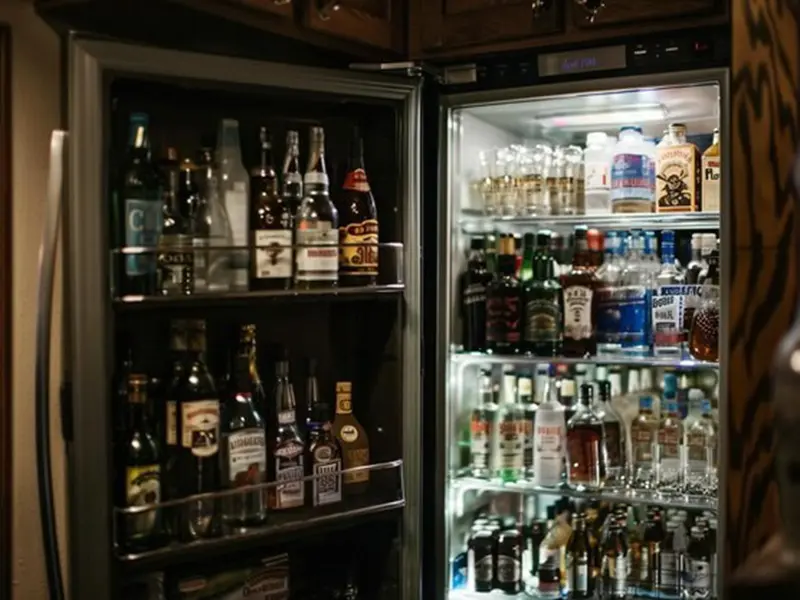
Noises That Indicate Compressor Issues
I’ve noticed that a noisy compressor often signals trouble. A loud humming or buzzing sound can indicate electrical issues. Clicking noises might suggest a failing relay switch. If the compressor rattles or bangs, it could mean internal components are loose or damaged. These sounds disrupt the system's operation and often lead to inefficiency.
Industry reports highlight the impact of compressor problems on system performance. For example:
- 35% of users experienced unscheduled shutdowns in the past year, with 60% of these lasting two days or more.
- 66% of users reported operational issues like excess moisture and inadequate air pressure.
- 75% of system operators lacked formal training in compressed air efficiency, contributing to widespread inefficiencies.
These statistics emphasize the importance of addressing compressor noise promptly.
Causes of Compressor Failures
Compressor failures often stem from specific issues. Based on case studies, the most common causes include:
| Cause of Failure | Description |
|---|---|
| Liquid Slugging | Liquid refrigerant returns to the compressor, degrading motor insulation and breaking down lubrication. |
| Motor Burnout | Contaminates the entire system, requiring extensive cleanup and often leading to compressor failure. |
| Evaporator Motor Failure | Loss of Heat Transfer causes liquid refrigerant to return to the compressor, resulting in severe damage. |
In addition, studies show that refrigerant leaks and thermostat malfunctions frequently contribute to compressor breakdowns. For instance, in Uganda, 44 out of 59 Refrigerators failed due to faulty cooling units, while refrigerant leaks were the second most common cause. These findings underline the need forregular maintenance and timely repairs.
Fixing Compressor Noise
When I encounter compressor noise, I follow a systematic approach to resolve it. First, I inspect the compressor for loose components or mounting brackets. Tightening these can often eliminate rattling sounds. Next, I check the electrical connections and relay switches. Replacing faulty parts usually resolves humming or clicking noises. If the problem persists, I examine the refrigerant levels. Low refrigerant can cause the compressor to overwork, leading to noise.
Cleaning the compressor and surrounding components also helps. Dust and debris can obstruct airflow, causing the compressor to strain. If the compressor shows signs of severe damage, I recommend replacing it entirely. Consulting a professional ensures the replacement is done correctly and prevents further issues.
By addressing these problems early, I maintain the efficiency and longevity of refrigeration systems. Regular inspections and maintenance play a crucial role in preventing compressor failures and the associated noise.
Faulty Fan Motors or Blades

Identifying Fan-Related Noises
I often find that fan-related noises in refrigeration systems are easy to identify with the right approach. A high-pitched squealing sound usually points to worn-out bearings. Grinding or rattling noises often indicate loose or damaged fan blades. Sometimes, a humming noise suggests that the motor is struggling to function efficiently. To pinpoint the exact source of the noise, I rely on acoustical analysis techniques. These methods help me understand the frequency characteristics of the sound and narrow down the issue.
| Technique | Description |
|---|---|
| Narrowband analysis | Focuses on specific frequency ranges to identify fundamental noise frequencies and harmonics. |
| Octave band analysis | Divides sound into octave bands to analyze frequency characteristics across a broader spectrum. |
| Microphone measurement | Captures sound pressure fluctuations for further analysis. |
| Analyzer processing | Processes amplified pressure fluctuations into useful information for understanding noise. |
Why Fan Motors or Blades Fail
Fan motors or blades fail for several reasons. Dust and debris accumulation can cause the blades to become unbalanced, leading to wear and tear. Bearings often lose lubrication over time, resulting in increased friction and eventual failure. Electrical issues, such as short circuits, can also damage the motor. In my experience, ignoring these problems can lead to more significant system inefficiencies.
Repairing or Replacing Fan Components
When repairing fan components, I follow a systematic process. First, I inspect the blades for damage or dirt and clean or replace them as needed. Proper lubrication of the bearings is essential to maintain smooth operation. I also troubleshoot the motor to identify electrical faults and address them promptly. These steps ensure the fan operates efficiently and reduces noise.
- Check for damaged or dirty blades and clean or replace them as necessary.
- Ensure bearings are properly lubricated to maintain efficiency.
- Implement various troubleshooting tips to enhance fan performance.
By addressing fan-related issues early, I ensure the refrigeration system runs smoothly and quietly. Regular maintenance of fan components is key to preventing future problems.
Dirty or Damaged Wire Tube Condenser
How Condenser Issues Cause Noise
I’ve observed that a dirty or damaged wire tube condenser often becomes a significant source of noise in refrigeration systems. When the condenser is obstructed or compromised, it disrupts the refrigerant flow, leading to irregular pressure changes. These fluctuations can create a throttling noise, especially near the electronic expansion valve. Field studies reveal that this noise arises from flow instability. As refrigerant passes through the valve, sudden pressure drops can cause bubbles to form and collapse, generating loud sounds. This phenomenon, combined with irregular fluid pressure, amplifies the noise and affects the system's efficiency.
In my experience, these issues not only create an audible disturbance but also signal deeper problems within the refrigeration system. Addressing them promptly ensures smoother operation and prevents further damage.
Common Causes of Condenser Problems
Wire tube condensers face several challenges that can lead to noise and inefficiency. Based on technical reports, I’ve identified the most common causes:
- Dirty coils that restrict airflow and reduce heat transfer.
- Faulty seals that allow refrigerant leaks, compromising system performance.
- Blocked drains that lead to water accumulation and corrosion.
- Fouling and scale formation, which waste energy and can cause system shutdowns.
- Corrosion, which inhibits heat transfer and increases energy consumption.
- High head pressure caused by fouling, leading to excessive energy use and potential system failure.
Each of these issues can escalate if left unaddressed, resulting in costly repairs or replacements. Regular inspections and maintenance are essential to mitigate these risks.
Cleaning and Maintaining the Wire Tube Condenser
Proper maintenance of the wire tube condenser is crucial for optimal performance and noise reduction. I follow a structured approach to ensure the condenser remains in excellent condition. First, I inspect the condenser weekly to identify visible issues like loose components or dirt buildup. Regular walkdowns often reveal problems such as fouling or failing seals, which I address immediately.
Cleaning the condenser is another critical step. I use effective cleaning methods to remove fouling and scaling, which enhances heat transfer and reduces backpressure. Condition-based maintenance (CBM) has proven to be highly effective in improving the long-term performance of wire tube condensers. By focusing on the system's condition rather than a fixed schedule, I can address issues before they escalate.
These practices not only extend the lifespan of the condenser but also ensure the refrigeration system operates quietly and efficiently. I’ve found that consistent maintenance significantly reduces the likelihood of noise-related issues, saving time and resources in the long run.
Malfunctioning Evaporator Motor
Recognizing Evaporator Motor Noise
I’ve noticed that a malfunctioning evaporator motor often produces distinct noises that are easy to identify. A loud humming or buzzing sound usually indicates that the motor is struggling to operate. Squealing or screeching noises often point to worn-out bearings. In some cases, clicking sounds suggest that the motor is starting and stopping irregularly. These noises not only disrupt the system’s operation but also signal deeper mechanical issues.
Tip: If you hear unusual sounds coming from your refrigeration system, turn it off immediately to prevent further damage. Early detection can save you from costly repairs.
Reasons for Evaporator Motor Failure
Evaporator motors fail for several reasons. Dust and debris buildup can obstruct the motor’s airflow, causing it to overheat. Bearings often wear out due to lack of lubrication, leading to increased friction. Electrical issues, such as short circuits or voltage fluctuations, can also damage the motor. In my experience, ignoring these problems can lead to complete motor failure, which disrupts the refrigeration system’s efficiency.
| Common Causes of Failure | Description |
|---|---|
| Dust and Debris | Blocks airflow, causing overheating and reduced performance. |
| Worn Bearings | Increases friction, leading to noise and eventual motor breakdown. |
| Electrical Issues | Damages internal components, often requiring a full motor replacement. |
Steps to Repair or Replace the Motor
When I repair or replace an evaporator motor, I follow a systematic process. First, I disconnect the power supply to ensure safety. Next, I inspect the motor for visible damage, such as burnt wires or worn bearings. Cleaning the motor and surrounding components often resolves minor issues. If the motor shows significant damage, I replace it with a compatible model.
- Inspect the Motor: Look for signs of wear, overheating, or electrical damage.
- Clean the Components: Remove dust and debris to improve airflow and performance.
- Replace if Necessary: Install a new motor if repairs cannot restore functionality.
By addressing evaporator motor issues promptly, I ensure the refrigeration system operates efficiently and quietly. Regular maintenance, such as cleaning and lubrication, prevents future failures and extends the motor’s lifespan.
Addressing noise issues in refrigeration systems improves efficiency and prevents costly damage. I’ve observed that lower noise levels lead to distinct efficiency peaks, while higher noise levels reduce performance. Regular maintenance, such as cleaning the wire tube condenser, ensures long-term reliability. For complex repairs, consulting a professional is always wise.
About Senjun: Ningbo Senjun New Materials Co., Ltd. specializes in producing wire tube condensers and copper aluminum fin heat exchangers. These components power refrigerators, freezers, and other systems with high-quality, reliable solutions.
FAQ
What should I do if my refrigeration system makes unusual noises?
I recommend turning off the system immediately. Inspect components like the compressor, fan, and condenser for visible damage. Consult a professional if the issue persists.
How often should I clean the wire tube condenser?
I clean the condenser weekly to prevent dirt buildup and ensure efficient operation. Regular cleaning reduces noise and extends the lifespan of the refrigeration system.
Can I repair a malfunctioning evaporator motor myself?
Basic tasks like cleaning and inspecting are manageable. For complex repairs or replacements, I suggest contacting a professional to avoid further damage.











